Fresh vegetables from the garden in the middle of January? Sound too good to be true? We’ve had snow and single-digit temperatures, but I’m still harvesting some crops without a greenhouse, row cover, or even hoop house! If that’s not something to get excited about, I don’t know what it is.

Remember back in the fall when we protected the potatoes and carrots with a heavy layer of mulch? Those vegetables have been waiting comfortably in the ground for me to come through and harvest them as I need them!
Sometimes a little planning goes a long way in maintaining the garden well into the winter months so that it continues to provide for your family.
My monthly gardening feature shows you all I do in my garden month-by-month! If you’ve missed any of the previous months, you can check them out below.
We’re still in some of the coldest months of the year (with more cold temps in our future) here in the Pacific Northwest, so it’s not quite time to be starting our seeds indoors.
Now is the time to be getting those seeds ordered for this year (or to top off next year’s supply, if you’re like me).
But one of my favorite things about this time of year is that I’m still harvesting root crops from the garden that have been “root cellaring” since fall.
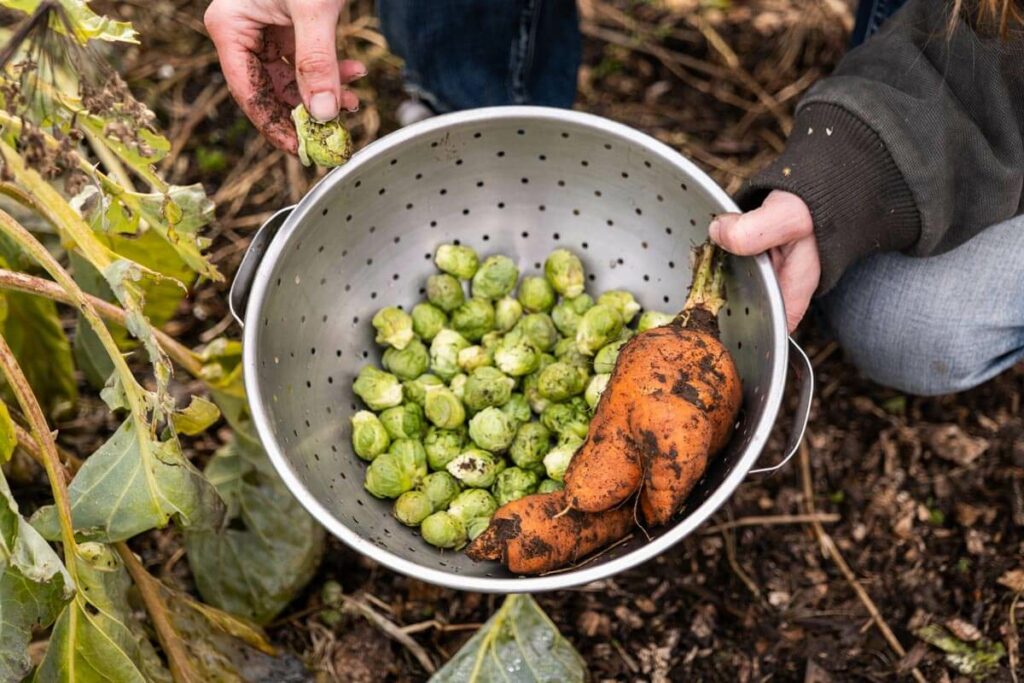
Table of Contents[Hide][Show]
Tasks for the Garden in January
- If you planted Brussels sprouts back in May as I did, you may be enjoying them fresh even now! Unfortunately, the variety I planted didn’t grow as large as I typically like, I think it had to do with the cold spring, so they’re a bit on the small side. But I can still harvest quite a lot of them, and the rest will go to the cows! Even though we had multiple days in single-digit temperatures, we did have snow before the real cold came, so it acted like an insulator for the Brussels sprouts nicely. I love to harvest them and then roast them with bacon.
- Next, I harvested some of my carrots. I should have put more straw over them, as much of it washed away with the fall rain. But we’re always learning, right? Next year I’ll remember I need to add a thicker layer of straw to avoid carrots being frozen. Well-insulated carrots also pull up much easier. As long as your carrots didn’t freeze, they’re perfectly good to eat. Pro Tip: you can feed cows and chickens the frozen carrots you can’t eat.
- Now is the perfect time to plan for what you will be planting soon. I have a seed-starting guide that will give you great instructions and ideas depending on what you want to grow this season. I also have a free worksheet for how much to plant per person.
Gardening Tasks by Month
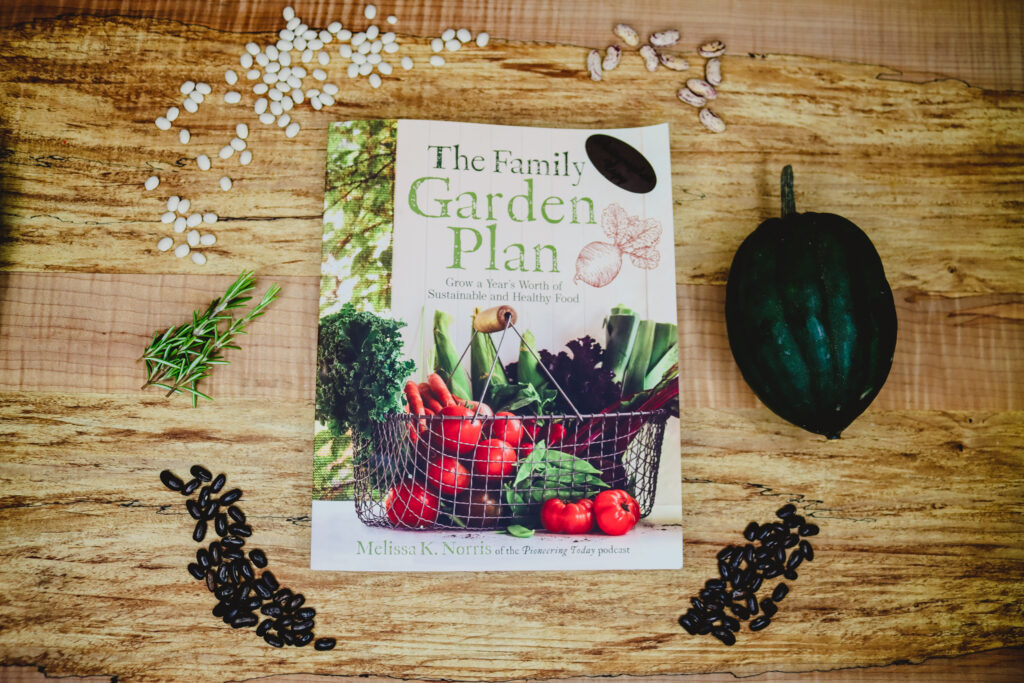
Subscribe to Melissa K. Norris!
Get updates on the latest posts and more from Melissa K. Norris straight to your inbox.
We use your personal data for interest-based advertising, as outlined in our Privacy Notice.
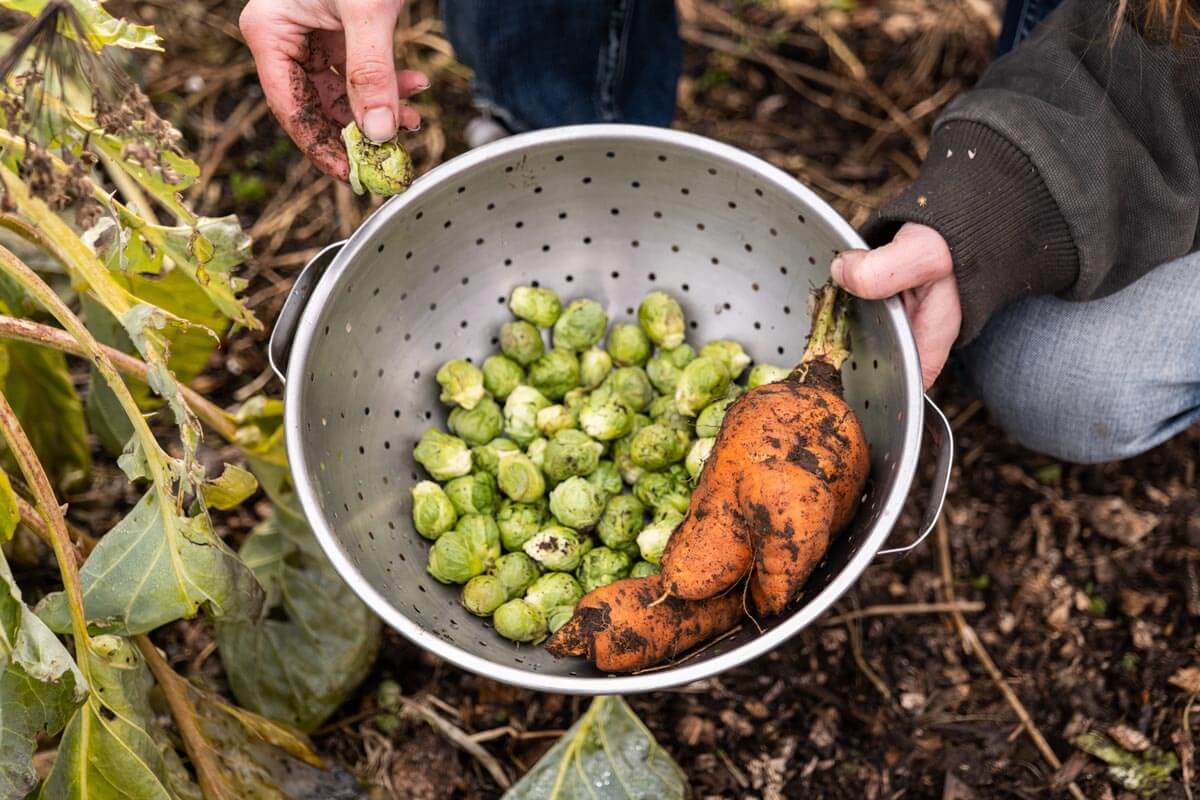
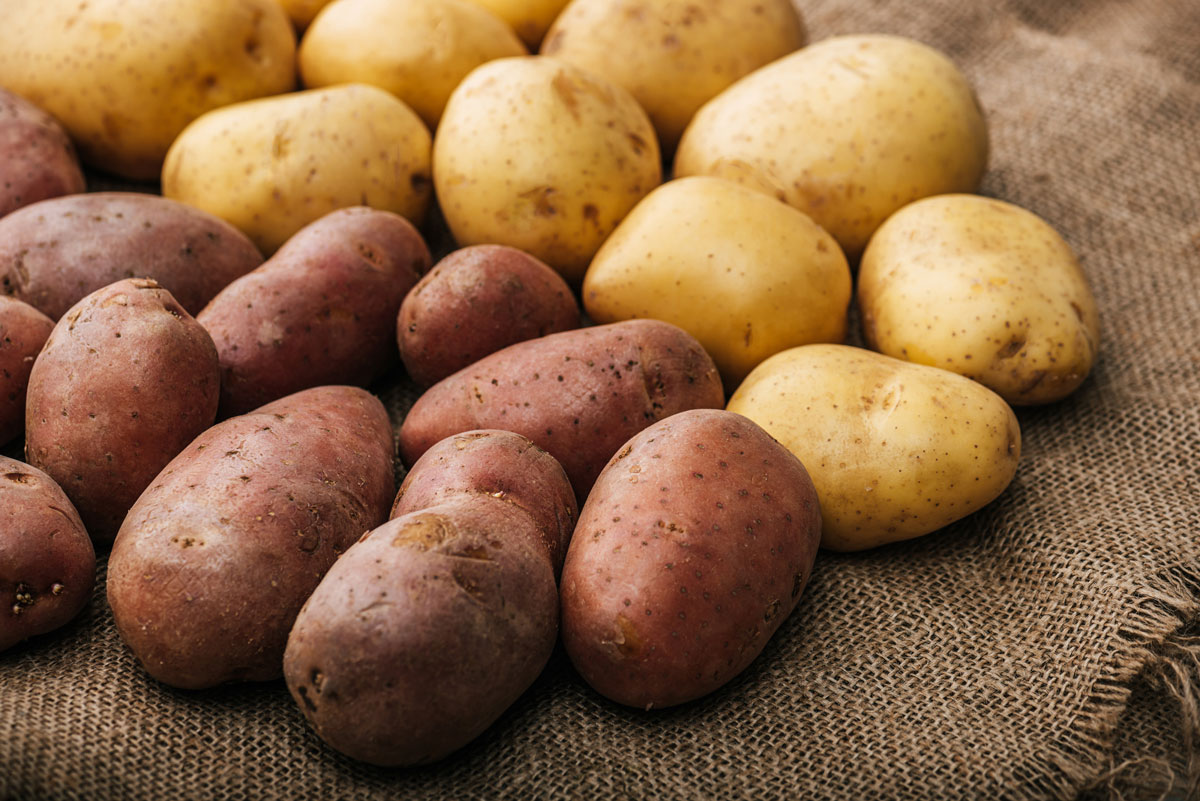
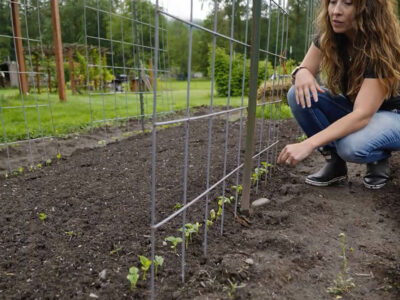
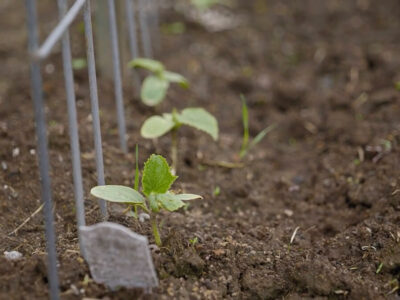







Thanks for a great post! Just wanted to give you a heads up that there are some questionable “dating” ads showing up on your page.
I enjoy your show so much esp since I also live in the NW (OR zone 8A) and most of the Homesteading/Gardening shows I watch on TV and YouTube are helpful but all out of State and my particular zone.
I did want to make one correction, however. Moles are carnivores and DO NOT eat vegetation esp garden veggies, or roots/crops like carrots, potatoes, etc. They can disturb the soil which can be a problem, but they don’t gnaw or eat what’s planted there. If anything VOLES or GOPHERS may be to blame (and rabbits will graze what’s above the ground for sure!)
Thanks again for the otherwise wonderful garden info! It’s crazy how the changing weather is changing how we would normally garden!
B
Contact your local extension office for what will grow well in your yard and hopefully you will also have an Extension Master Gardeners through that office as well! 🙂
Always jealous when I read these sorts of articles. Here in Minnesota we have about 45 inches of snow on the ground. It would take a lot of digging to get to any carrots that hadn’t frozen during our 20 below 0 streak in December. Hahaha.
are you ok during this atmospheric river storms?
We live in the panhandle of Florida and have very little yard space. I would love to plant as much as I can in pots. What is the best way to plan for this? I would love to grow tomatoes, cucumbers, and any other vegetables that will survive the coastal conditions.
Contact your local extension office for what will grow well in your yard and hopefully you will also have an Extension Master Gardeners through that office as well! 🙂
In Houston-Gaveston area I grow almost exclusively in patio pots. Grape, or determinate slicing-size tomatoes, do best in huge pots but I also have grown indeterminates that need serious staking and/or pruning. Harvest of slicers is going to be relatively small unless you have room for lots of pots. Lacinato kale takes our heat well into summer. Mostly I do salad greens and herbs. Sweet potatoes, ginger, turmeric love our summer heat; spring/fall: bon choi, carrots, collards, chard, cilantro, other greens (also grow weeds–dandelions, purslane, dollar weed–in a *strictly organic* yard for greens!). Our Dec. freeze knocked my fall/winter crops out. Beets disappointed.
You’ll want to find your growing zone and first/last frost dates, make a list of what you want to grow, and then check if those grow in your area. Then… Plant accordingly! 🙂
Very interesting. Question: how would you know if your carrots froze?
I’m curious about that too. Is there a safety issue with eating the carrots if they have frozen or does it just cause a texture issue?
They turn soft or mushy after freezing. Feeding them to animals before they start to get moldy is a great way to use them up or composting then when they start to spoil
Interested!